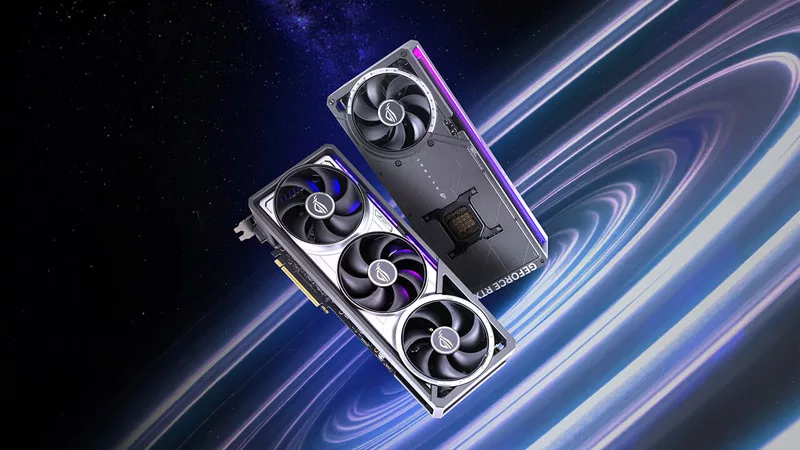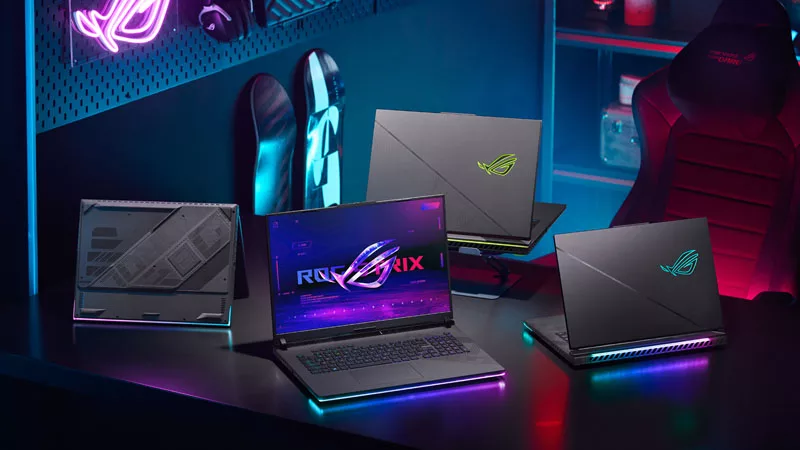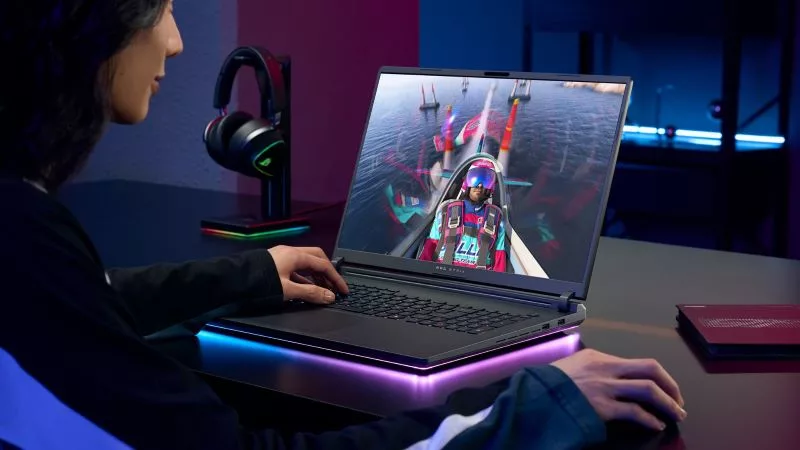Assassin’s Creed Mirage on the ROG Ally: performance guide & best settings
The Assassin’s Creed franchise is a staple in modern gaming, and the latest entry in the series provides a great open world to sink your teeth into on-the-go with the handheld ROG Ally. For the best balance of image quality and performance, here are the settings we recommend.
This is part of our ultimate guide to the ROG Ally series of articles. For more great games, check out our recommendations here.
What framerate to expect in Assassin’s Creed Mirage on the ROG Ally
Assassin’s Creed Mirage performs quite well on the ROG Ally with the right settings in tow. At 1080p with FSR set to Quality and the Z1 Extreme in its 25W Turbo mode, we found that the Low setting came in just under 60 FPS in the built-in benchmark, which we found pretty indicative of real-world performance. However, you can turn up some of the settings for a noticeable boost to image quality without sacrificing too many of those frames — our optimized settings below should keep performance between 45-55 FPS most of the time, which the FreeSync Premium display on the Ally will keep smooth and tear-free. As always, though, performance will vary depending on the scene, and your results can also vary depending on drivers, software, game patches, and other factors – like whether your Ally is plugged in.
Assassin’s Creed Mirage optimized graphics settings for the ROG Ally
If you want to boost that graphical quality a bit higher without sacrificing much performance, here are the settings we recommend for the ROG Ally:
- Resolution: 1920x1080, the native resolution of the ROG Ally display. (This setting is found in the “Screen” portion of the options menu.)
- Refresh Rate: 120Hz, the native refresh rate of the ROG Ally display. (This setting is found in the “Screen” portion of the options menu.)
- World Details: Low. Higher settings add more details to objects, particularly in the distance. This introduces a fairly sizeable hit to performance, however, so we recommend leaving it at Low, especially since you won’t likely notice the differences on the Ally’s compact screen.
- Clutter Density: High. This setting affects the density of grass, rocks, and other details on the ground. High looks excellent without much hit to performance.
- Shadows: High. Unlike most games, turning shadows up doesn’t seem to affect performance too heavily in Assassin’s Creed Mirage until you reach the highest settings, so you can safely turn this to High for more stable shadows.
- Volumetric Clouds: High. The High setting makes clouds look noticeably better than Medium, but any higher than that and the performance hit isn’t as worthwhile.
- Water: Low. Higher settings allow for slightly more detailed water physics and lighting, but the highest setting will introduce a noticeable performance hit. Since Low still looks quite good, we recommend keeping it there for some extra frames.
- Screen Space Reflections: On. This setting allows for buildings and other objects to reflect off bodies of water. Turning it off will get you a bit of performance, but the game looks so much better with this turned on that we consider it a necessity.
- Environment Textures: Medium. Textures are mostly VRAM-dependent, but since Low looks quite blurry, we recommend Setting your Ally’s VRAM allocation to 6GB and setting textures to Medium for a good balance of visual quality and VRAM usage.
- Character Textures: Medium. Character texture improvements are subtle between Medium and High, but quite noticeable between Low and Medium, so we think Medium is the best setting here.
- Depth of Field: Low. Depth of field adds a background blur to conversations and some assassinations, making it a bit of a “set to taste” feature. For our performance metrics above, we set it to Low, since High hits performance pretty hard.
- Motion Blur: Off. Again, you can set this to your own taste, but most people prefer it turned off for clearer motion.
- Adaptive Quality: Off. This setting can adjust graphics on-the-fly to hit a certain performance target, but we find that the game runs smoother with it turned off, so we recommend leaving it off and letting the FreeSync Premium panel on the Ally do its thing.
- Upsample Type: AMD FSR2. This renders the game at a lower resolution, then scales it up using AMD’s intelligent algorithms. This increases performance while retaining good image quality, so we recommend turning it on.
- Upsample Quality: Quality. For the best balance of visual quality and performance, we recommend FSR 2 set to Quality, though you can experiment with this to hit your preferred target.
- Sharpen Strength: Set to taste. Sharpening can help remove some of the blur inherent in upscaling and TAA features, but it’s a balancing act, since higher settings can introduce unwanted sharpening artifacts. We recommend setting this somewhere around 10-20%, though you can experiment with it for yourself.
These settings are a good starting point, but feel free to customize it to your own taste!
Author
Popular Post

Introducing the ROG Astral GeForce RTX 5090 and 5080: a new frontier of gaming graphics

The ROG Strix OLED XG27AQDPG kicks the refresh rate up to 500Hz

The complete list of GeForce GPU power specifications for 2024 ROG and TUF Gaming laptops

How to choose a gaming laptop: The ultimate 2025 buying guide

Meet the first AI gaming router: the ROG Rapture GT-BE19000AI
LATEST ARTICLES

Introducing the ROG Xbox Ally and Ally X: ROG and Xbox team up to deliver the best in handheld gaming
We are incredibly proud to announce the ROG Xbox Ally series of handhelds, which take the ROG Ally lineup to all new heights in performance, comfort, and user experience.

Call of Duty Black Ops 6 on the ROG Ally and ROG Ally X: performance guide & best settings
Our optimized graphics settings will help you balance fidelity and framerate in the latest Call of Duty games on the ROG Ally.

God of War: Ragnarok on the ROG Ally and ROG Ally X: performance guide & best settings
Our optimized graphics settings will help you balance fidelity and framerate in God of War: Ragnarok on the ROG Ally and ROG Ally X.

Black Myth Wukong on the ROG Ally and ROG Ally X: performance guide & best settings
Our optimized graphics settings will help you balance fidelity and framerate in Black Myth Wukong on the ROG Ally and ROG Ally X.

The best games you can finish in one day on the ROG Ally and ROG Ally X
The ROG Ally and Ally X are perfect for quick gaming sessions home and away. Here are a few short gems that you can pick up, play, and complete in five hours or less.

The best Game Pass games for the ROG Ally and ROG Ally X
With three months of Game Pass included, every ROG Ally comes with an instant treasure trove of critically acclaimed games you can start playing right away.
